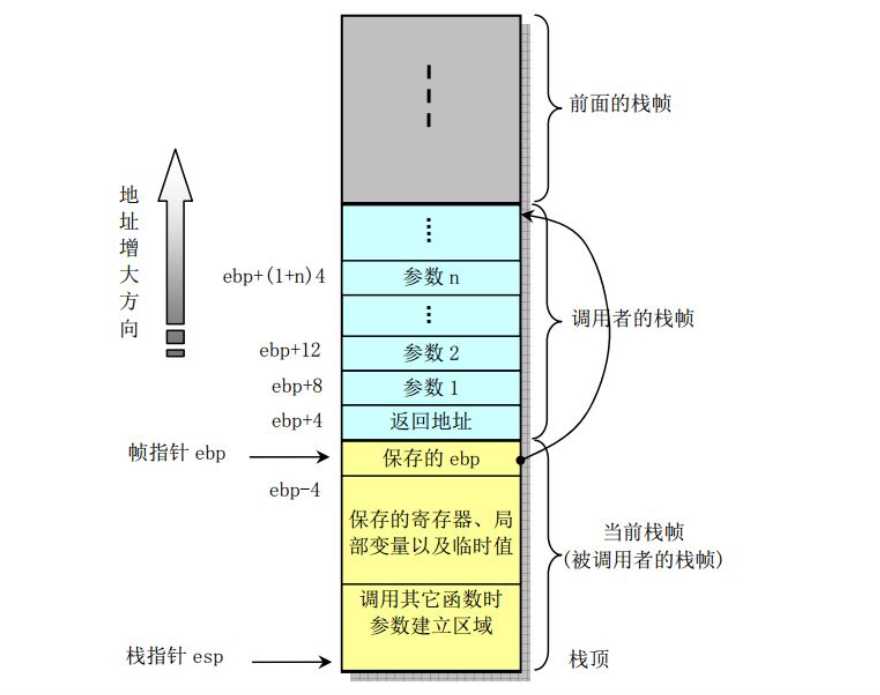标签:reads print logs 生成 过程 休眠 线程 turn pthread
1 //pthread_create()函数的错误示例 2 //新建线程同时传入线程号、线程号总和和消息 3 #include <stdio.h> 4 #include <pthread.h> 5 #include <stdlib.h> 6 #define NUM_THREADS 8 7 8 void *PrintHello(void *threadid) 9 { 10 int *id_ptr, taskid; 11 sleep(1); 12 id_ptr=(int *)threadid; 13 taskid=*id_ptr; 14 printf("Hello from thread %d\n", taskid); 15 pthread_exit(NULL); 16 } 17 //int t; 18 int main(int argc, char const *argv[]) 19 { 20 pthread_t threads[NUM_THREADS]; 21 int rc; 22 int t; 23 24 for (t = 0; t < NUM_THREADS; ++t) 25 { 26 printf("Creating thread %d\n",t); 27 rc=pthread_create(&threads[t],NULL,(void *)PrintHello, (void *)&t); 28 if(rc!=0){ 29 printf("error. return code is %d\n", rc); 30 exit(-1); 31 } 32 // sleep(1); 33 // pthread_join(threads[t],NULL); 34 } 35 pthread_exit(NULL); 36 }
在这里主线程创建8个子线程,8个子线程都运行同一个函数PrintHello,休眠1s后打印传入的参数为t
运行结果如下,主线程打印完8条"Creating thread"后经过1s左右子线程打印8条"Hello from thread"

如果取消掉32行或33行的注释,则出现正确的结果:

那为什么会这样呢?先贴一张图

这是函数调用过程图。没错,在对于整个进程来说,主线程生成子线程在由子线程执行某个函数,对CPU来说就是函数调用。从第一次的运行结果可以看出,其执行顺序应该是先主线程执行到pthread_exit()然后等待所有的子线程运行,那这样,有8次参数传递,而且都是存放在同一个地址,即调用者栈帧的ebp+8这个位置,而这个存放的是主线程即main函数栈帧中t的位置。所以,经过一次又一次的覆盖,主线程执行完后最终传递给子线程的应该是最后一次变动后的t。
标签:reads print logs 生成 过程 休眠 线程 turn pthread
原文地址:http://www.cnblogs.com/fallenmoon/p/6769068.html